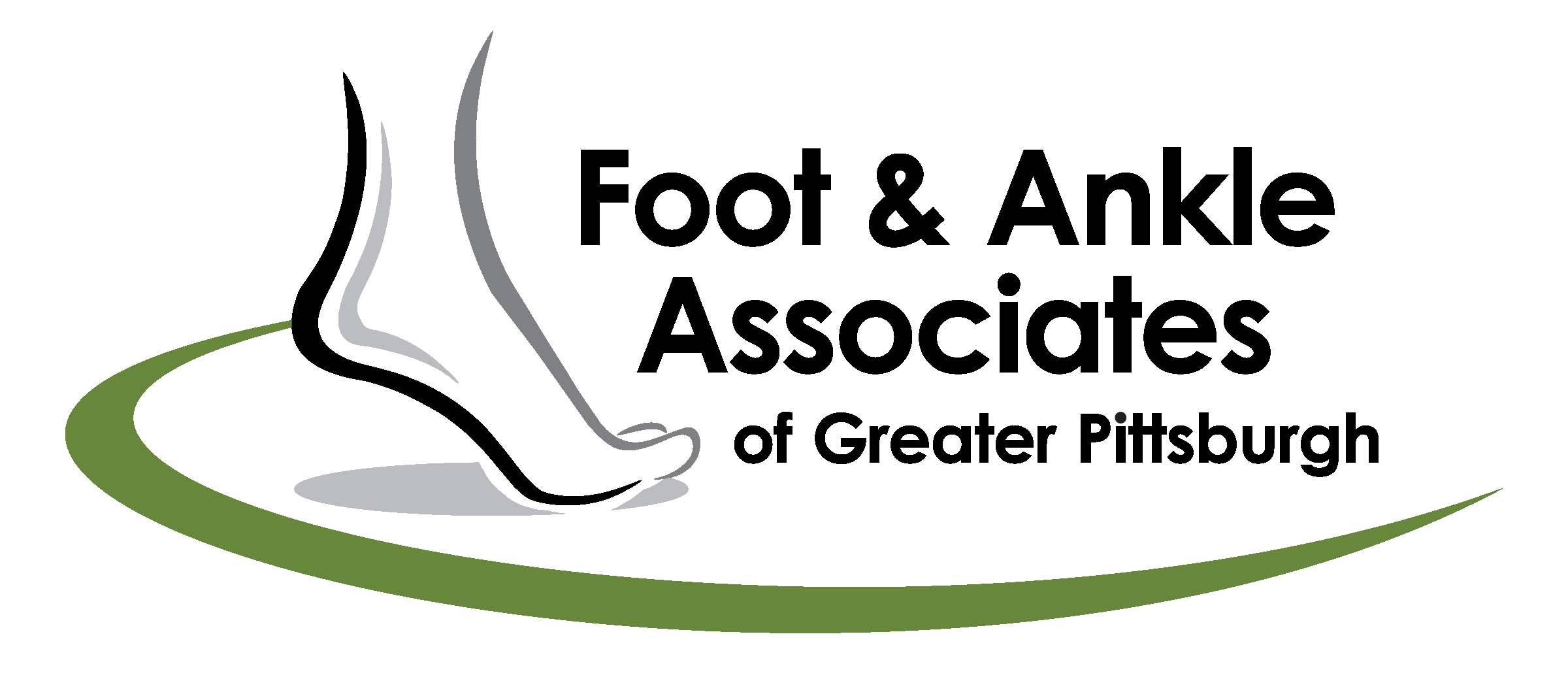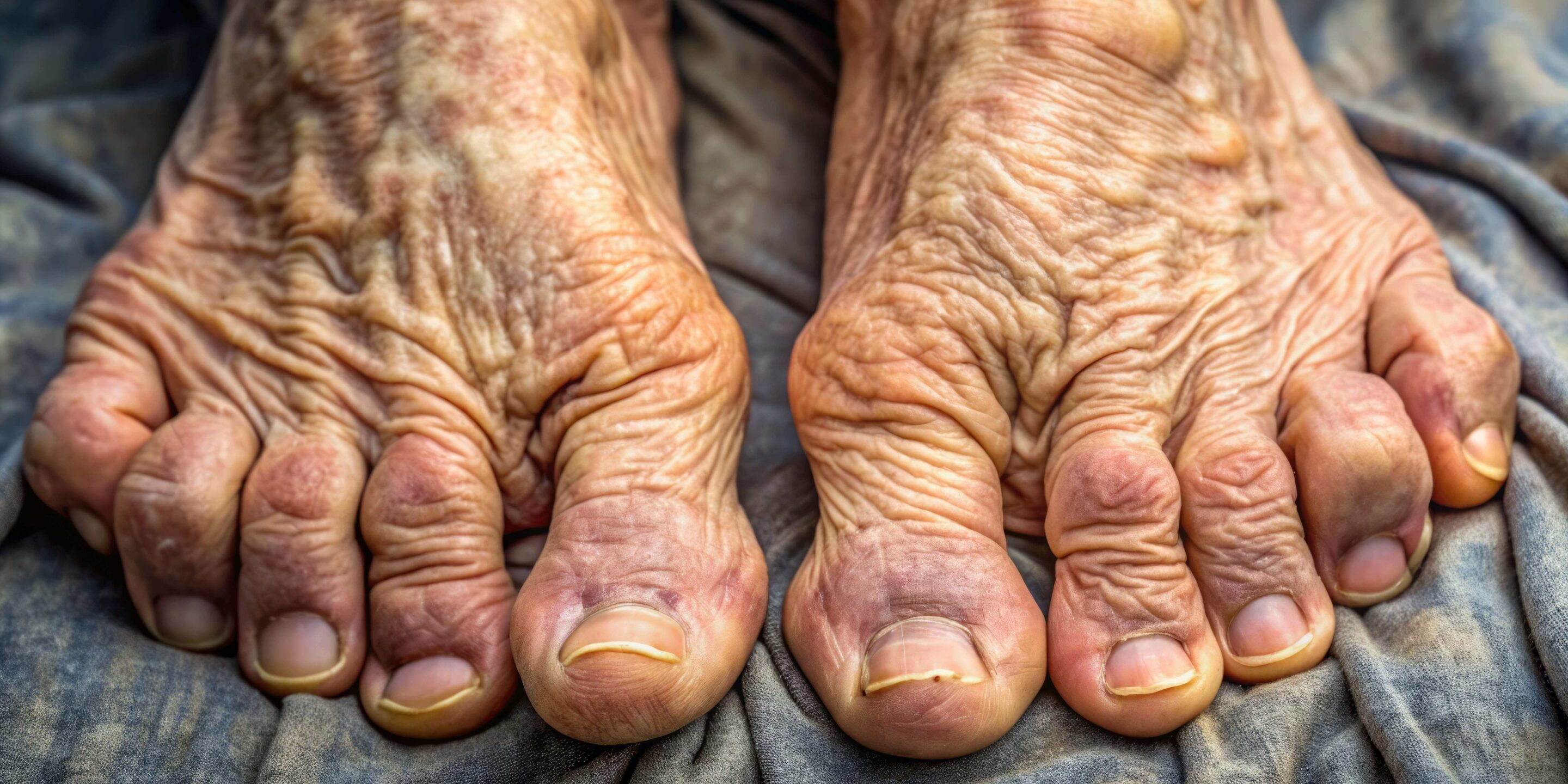Spotting the Differences: Hammertoe vs. Bunions Explained
Foot deformities such as hammertoes and bunions can be painful and affect mobility, but many people struggle to understand the differences between the two conditions. Though they both involve misalignment in the toes, hammertoes and bunions are distinct issues with unique causes, symptoms, and treatments. In this blog, we’ll explore the key differences between hammertoes and bunions, helping you spot the signs and make informed decisions about your foot health.
What is Hammertoe?
Hammertoe is a deformity that affects the middle joint of one or more toes, causing them to bend abnormally. This condition typically develops in the second, third, or fourth toes and can make walking uncomfortable, particularly when wearing tight or ill-fitting shoes.
Causes of Hammertoe
Hammertoe often results from a muscle imbalance in the foot, where some muscles become too tight while others weaken. This imbalance can pull the toe into a bent position. Other causes include:
- Ill-fitting shoes: Shoes that are too tight, especially high heels, can force the toes into unnatural positions.
- Injury: Trauma to the toe can also contribute to hammertoe.
- Arthritis: Inflammatory conditions like arthritis can weaken the foot’s structure, leading to deformities.
- Genetics: Some people are more predisposed to developing hammertoe based on the shape and structure of their feet.
Symptoms of Hammertoe
Symptoms of hammertoe can range from mild to severe, depending on the progression of the condition. Common symptoms include:
- Bent or curled toes: The most noticeable sign is the abnormal bending of the affected toe(s).
- Corns and calluses: Friction between the bent toe and footwear can cause painful corns or calluses.
- Pain and discomfort: Walking or wearing certain shoes may become painful, especially over time.
- Difficulty moving the toe: As hammertoe worsens, the affected toe may become stiff and difficult to move.
What is a Bunion?
A bunion, medically known as hallux valgus, is a bony bump that forms at the base of the big toe, causing the toe to deviate toward the others. Over time, the misalignment can worsen, leading to pain, swelling, and difficulty walking.
Causes of Bunions
Several factors can lead to the development of bunions, including:
- Foot mechanics: Inherited foot structures or walking patterns can increase the likelihood of bunions forming.
- Footwear: Wearing tight, narrow shoes or high heels that squeeze the toes can exacerbate the condition.
- Arthritis: Similar to hammertoes, arthritis can play a role in bunion formation by weakening the joints and tissues.
- Genetics: Bunions tend to run in families, especially if a person has flat feet or other inherited foot abnormalities.
Symptoms of Bunions
Bunions are usually visible as a prominent bump on the side of the foot, but other symptoms can also arise, such as:
- Swelling and redness: The area around the bunion may become inflamed and tender.
- Pain: Walking, standing, or wearing shoes can be painful, especially in more severe cases.
- Stiffness: As the condition progresses, the joint at the base of the big toe may lose its flexibility.
- Corns and calluses: Friction from shoes can also lead to the formation of corns and calluses on or near the bunion.
Key Differences Between Hammertoe and Bunions
While both hammertoes and bunions are foot deformities, there are several notable differences between the two conditions:
- Location: Hammertoe typically affects the smaller toes (second, third, or fourth), whereas bunions form at the base of the big toe.
- Appearance: Hammertoes cause the toe to bend at the middle joint, creating a claw-like shape. Bunions, on the other hand, present as a bony bump on the side of the foot.
- Causes: While both conditions can be exacerbated by ill-fitting shoes and arthritis, hammertoe is primarily caused by muscle imbalances, while bunions often result from inherited foot mechanics.
- Symptoms: Hammertoes usually involve pain in the affected toe(s), especially when moving or wearing shoes. Bunions, in contrast, are associated with swelling, redness, and a noticeable bump near the big toe.
Treatment Options for Hammertoe and Bunions
Treating hammertoe and bunions often starts with conservative methods to alleviate discomfort and slow the progression of the deformity. However, in severe cases, surgical intervention may be required.
Hammertoe Treatment
- Footwear changes: Switching to shoes with a wider toe box can relieve pressure on the affected toes.
- Padding and orthotics: Cushions or custom orthotics can help reduce friction and correct foot mechanics.
- Exercises: Stretching and strengthening exercises can help restore muscle balance and improve toe alignment.
- Surgery: In advanced cases where conservative treatments fail, surgery may be necessary to realign the toe.
Bunion Treatment
- Footwear modifications: Choosing shoes that provide ample space for the toes can alleviate pain and prevent the bunion from worsening.
- Orthotics: Custom-made shoe inserts can help correct foot alignment and reduce pressure on the bunion.
- Pain relief: Over-the-counter pain relievers, ice packs, and anti-inflammatory medications can help manage pain and inflammation.
- Surgery: When the bunion severely affects mobility or causes extreme pain, surgery may be recommended to realign the bones in the foot.
Preventing Hammertoes and Bunions
Prevention is key to avoiding the development or progression of foot deformities like hammertoes and bunions. Some tips for prevention include:
- Wear proper footwear: Avoid shoes with narrow toe boxes, high heels, or shoes that squeeze the toes.
- Strengthen foot muscles: Regular foot exercises can help maintain a balance of muscle strength and flexibility.
- Pay attention to discomfort: If you notice any foot pain or deformities starting to develop, consult our podiatrists early to explore preventive measures.
Understanding the differences between hammertoes and bunions can help you spot the early signs of these foot deformities and seek appropriate treatment. While both conditions can cause discomfort, they are manageable with proper care, conservative treatments, and, when necessary, surgical intervention. If you’re experiencing foot pain or noticing any abnormal toe alignment, it’s important to schedule an appointment with our office for a professional evaluation and personalized treatment plan.
If you suspect you have hammertoe or bunions, schedule a consultation with us today. Early intervention can help prevent further discomfort and keep you on your feet!
Contact Us
Office
336 College Avenue, Suite 106, Beaver,
PA , 15009
Monday to Friday : 8am – 4:30pm
Saturday : Closed
Sunday : Closed

